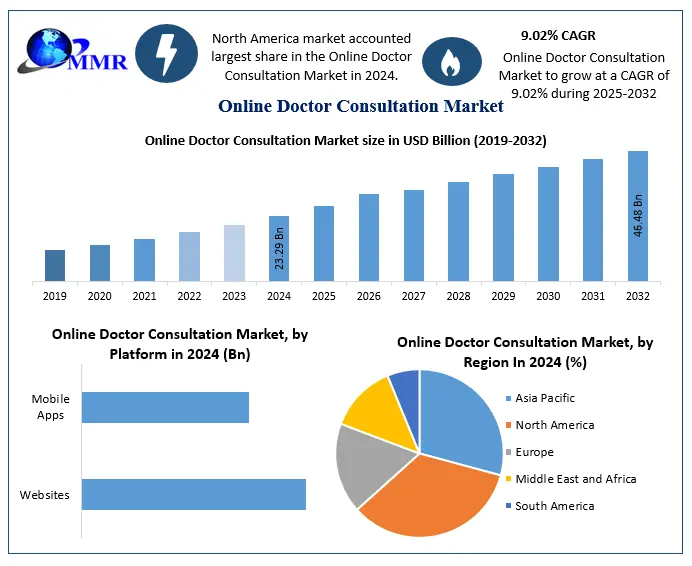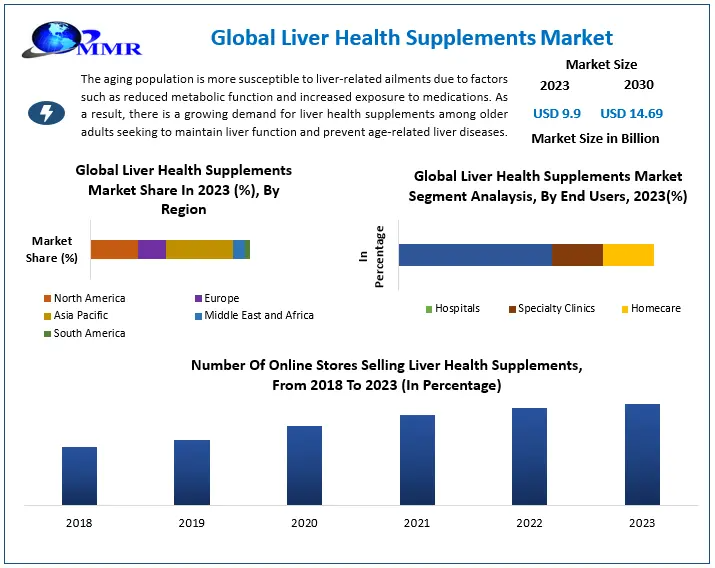Nasal Spray Market Projected to Grow from USD 27.3 Billion in 2024 to USD 47.5 Billion by 2032
The Nasal Spray Market valued at USD 27.26 billion in 2024, is forecast to expand to USD 47.54 billion by 2032, growing at a CAGR of 7.2% from 2025 to 2032 . This surge reflects increasing demand for rapid, non-invasive therapies for respiratory and systemic diseases.
Market Estimation & Definition
A nasal spray dispenses medication as a fine mist into the nostrils. It is popular for treating allergic rhinitis, sinusitis, nasal congestion, asthma, and even neurological and psychiatric conditions, bypassing first‑pass metabolism .
-
Market Size: USD 27.26 billion in 2024
-
Forecast: USD 47.54 billion by 2032 (CAGR 7.2%)
Drivers include rising prevalence of allergic rhinitis (affecting >330 million globally) and chronic respiratory diseases, plus growing healthcare infrastructure, OTC availability, and demand for fast-acting delivery systems .
Market Growth Drivers & Opportunity
-
High Burden of Respiratory Illness: Over 262 million suffer from asthma and hundreds of millions from allergic rhinitis and sinusitis .
-
OTC Accessibility: Self-medication trends and wide OTC availability increase product uptake .
-
Technological Advancements: Innovations include steroid-free, antihistamine, nanoparticle, smart delivery systems, and connected devices .
-
Systemic & CNS Applications: Intranasal delivery for migraine, Parkinson’s, depression, epilepsy, vaccines, increasing nasal route’s scope .
-
Regulatory Approvals: New therapies like epinephrine spray “Neffy” approved in 2024 drive growth .
-
Environmental & Urban Health Trends: Rising pollution and allergens, especially in Asia-Pacific, fuel demand .
Segmentation Analysis
According to Maximize Market Research :
-
By Product Type:
-
Decongestant sprays (e.g., xylometazoline, oxymetazoline)
-
Steroid sprays (e.g., fluticasone, budesonide)
-
Saline/salt-water sprays
-
Others (mast cell inhibitors, combinations)
-
-
By Container Design: Pump bottles, pressurized canisters.
-
By Dosage Form: Multi-dose, single-dose, bi-dose.
-
By Therapeutic Class: Antihistamines, steroids, mast cell inhibitors, anticholinergics.
-
By Application: Nasal congestion, allergic & non-allergic rhinitis, sinusitis, central nervous system disorders, vaccinations etc.
-
By Prescription Type: OTC vs. prescribed.
-
By End‑User: Home use, hospitals, clinics, community health-care settings.
-
By Region: North America (led by the U.S. & Canada), Europe (including Germany), Asia-Pacific (China, India, Japan), Latin America, Middle East & Africa .
Analysis shows steroid sprays generated USD 8.3 billion in 2024, serving inflammation-heavy conditions like sinusitis, allergic rhinitis, and nasal polyps .
Get a Sample PDF Brochure: https://www.maximizemarketresearch.com/request-sample/198570/
Country-Level Analysis
United States (USA)
-
2024 Size: USD 10.7 billion .
-
Drivers: High respiratory illness prevalence (asthma ~25 million), OTC self-care culture, advanced delivery devices, and rapid approvals (Neffy epinephrine, combo sprays).
-
Opportunities: Growth from connected health monitoring, CNS applications, sustained competition via innovative formulation technology.
Germany
-
Germany is a major European market, widely using both OTC decongestant sprays (names like Otriven, Nasic) and prescription corticosteroids .
-
The regulatory environment supports both, with pharmacists dispensing with guidance.
-
Demand is stable, heavily driven by allergy seasons, urban pollution, and trade-offs between systemic vs. localized therapies.
-
Growth likely continues through improved formulations, hospital clinic integration, and vaccine-based nasal delivery.
Commutator (Competitor) Analysis
Key industry players include:
-
GlaxoSmithKline (GSK plc)
-
Johnson & Johnson
-
AstraZeneca
-
Bayer AG
-
Cipla Inc.
Their strengths lie in large R&D spend, broad OTC + prescription portfolios, sustainability benchmarking, and digital health investment .
Emerging players:
-
Sandoz (Novartis) – generics
-
Pfizer, Viatris – combination formulations, e.g., Dymista (azelastine/fluticasone) .
-
Aytu Health, Aishwarya Group, Ultratech India – region-specific players .
Innovation Focus:
-
Epinephrine nasals like Neffy (ARS Pharma) & new approvals enhance emergency treatment portfolio .
-
Smart connected inhalers and nanoparticle formulations are differentiators .
Press Release Conclusion
The global nasal spray market is projected to reach nearly USD 47.5 billion by 2032, doubling in size within a decade. Sustained growth is driven by rising prevalence of respiratory diseases, consumer preference for fast, non-invasive therapies, OTC accessibility, and increasing systemic applications—CNS drugs, epinephrine, vaccines.
With robust segmentation along product type, dosage, therapeutic class, and delivery system, manufacturers have fertile ground for specialization—particularly in steroids, antihistamines, and CNS-targeted sprays. The USA and Germany remain key markets with distinct regulatory frameworks and user preferences, while Asia-Pacific offers rapid expansion due to urbanization and healthcare maturation.
Competitors range from global pharma giants to niche innovators and generic producers, with success hinging on digital trials, connected device rollouts, and effective, sustainable formulations.



